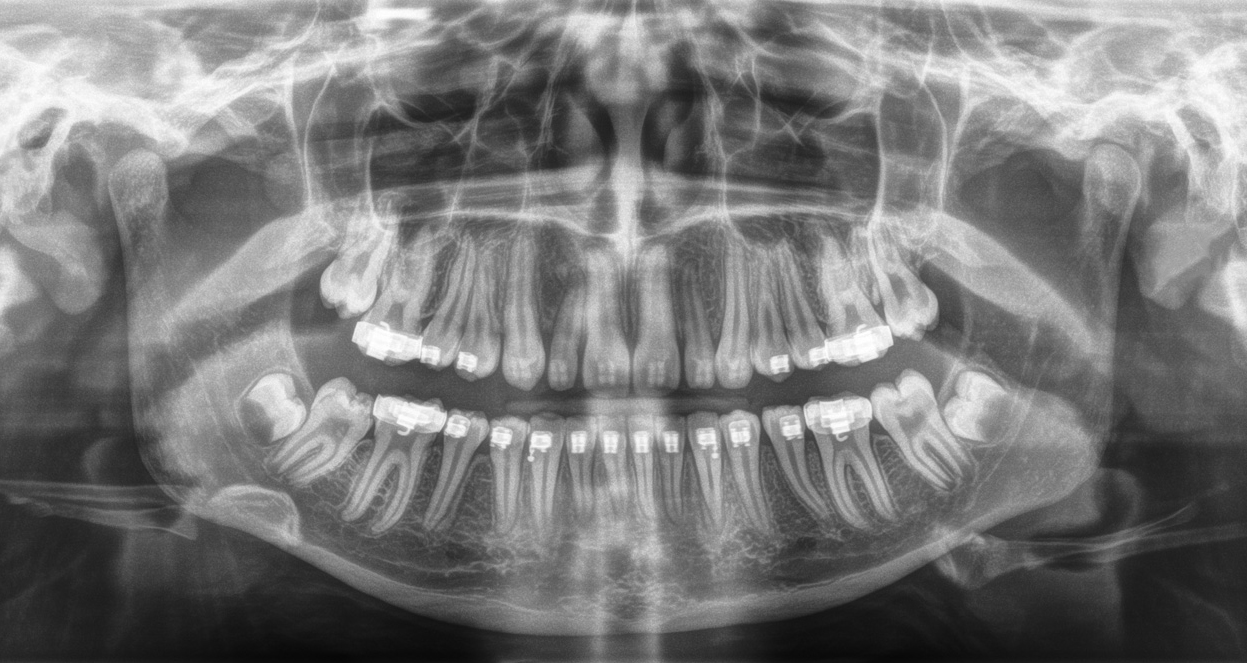Dental Radiography May Help In The Prevention Of Stroke. Dental Radiography or x-rays are used to identify problems within the mouth which may lead to further complications later on. Without the use of these pictures it's not possible to locate hidden structures such as wisdom teeth and cavities which are in the process of formation.
Dental radiographs are also required after giving a treatment such as implant or bridgework to see if everything is working properly. Problems such as tooth decay and changes in the bone density can be identified through a radiographic image of the mouth. Recently it has been discovered that dental radiography can also help to prevent stroke, which is a third leading cause of death, as it assists in recognizing plaque formations which can lead to stroke if not treated on time.
Doctors believe that atherosclerotic plaque lesions in the carotid artery are the most common cause of stroke. If these lesions are identified and treated early the chances of having stroke are decreased greatly.
Panoramic Dental Radiography and duplex ultrasonography are used to diagnose and confirm this problem. If at the time of dental check-up these plaques go undetected, the patient will have to undergo much complex and expensive procedures later on to diagnose the cause of blockade. Consequently the treatment will also be quite costly and the chances of survival are reduced.
It is therefore the duty of dentists to review the panoramic radiographs of all their patients, especially those who are at high risk of stroke. Advanced age factor and presence of other illnesses like diabetes, hypertension, high cholesterol and heart disease puts a patient into the high-risk zone. Atherosclerosis may occur as a side effect of high cholesterol but it is asymptomatic which means it cannot be detected through routine check-ups. It not only causes stroke but is also connected with cardiovascular disease, heart attack and many other heart problems.
The disease becomes symptomatic when the plaque blocks the supply of blood to the brain. However, at this stage much of the damage would already have been done and there is very little chance of reversal particularly if the plaques have ruptured. When the disease is finally identified various treatment options are available including surgery, prophylaxis, use of dietary supplements to counter the effects of high cholesterol, and medication. If, however, atherosclerosis is detected early by the use of radiographs the treatment becomes straight forward and the risk of having stroke is greatly reduced.

Atherosclerotic lesions are confirmed by identifying calcification of the carotid artery on antero-posterior radiographs. Panoramic radiographs are not only obtained during routine dental check-up but also during maxillofacial surgery. If the radiographic image shows a problem the patient should be referred to a specialist who will then start treatment. Panoramic radiographs are also known as extraoral radiographic views which are taken from outside the patient's mouth. Patients with evidence of atherosclerotic lesions are further tested through the use of ultrasound examination to confirm this condition. Timely diagnosis and treatment help to reduce the risk of many serious illnesses including stroke.